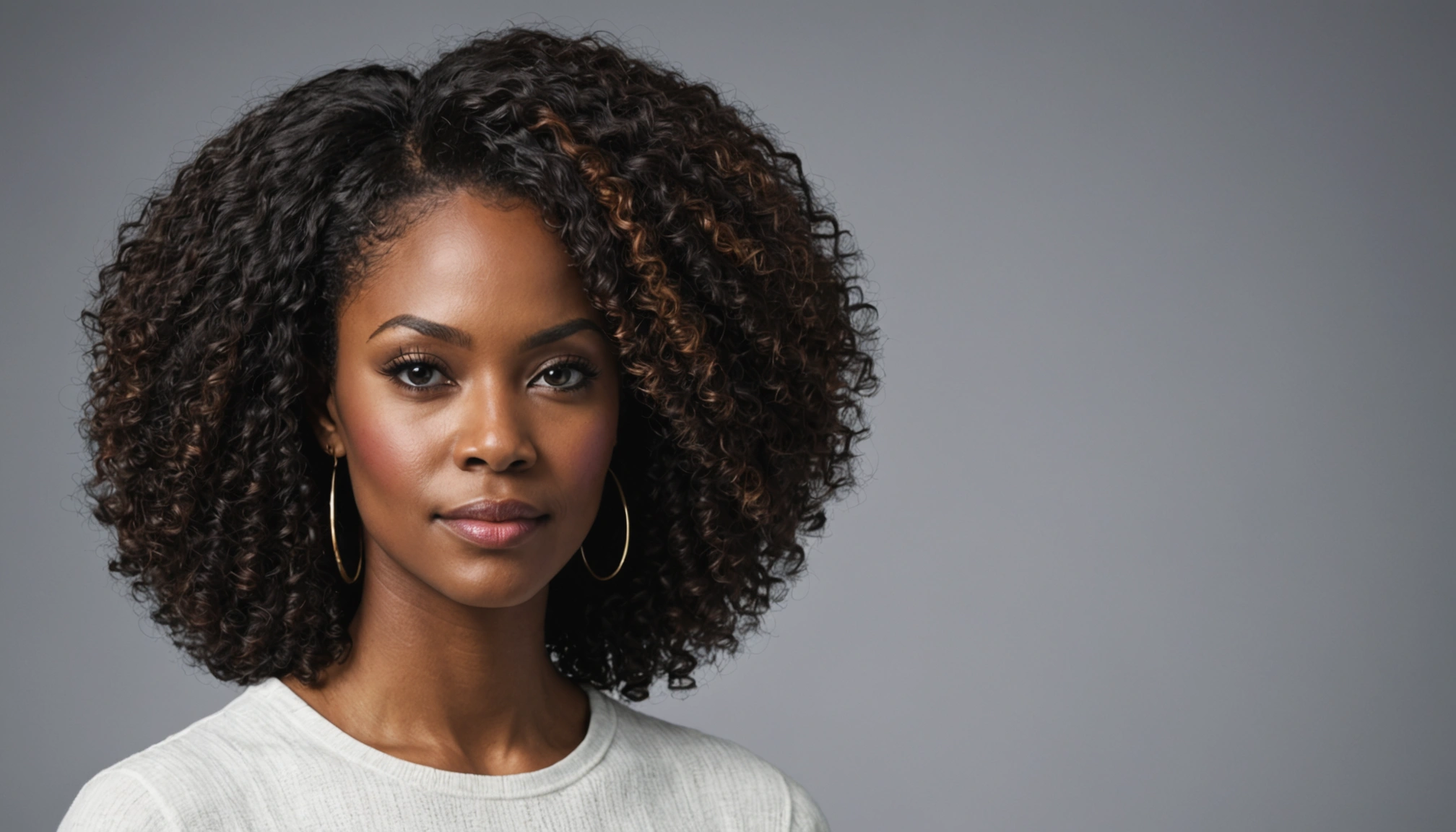Synthetic Hair: A Health Risk for Black Women?

For generations, Black women in the United States have embraced braids, weaves, and wigs as protective hairstyles, often using synthetic hair to achieve these looks. However, emerging research is raising concerns about the potential health risks associated with these synthetic hair products, prompting a closer examination of the chemicals they contain and their impact on the community's well-being.
The Cultural Significance of Hair
Hair holds deep cultural significance within the Black community, serving as a form of self-expression, identity, and connection to heritage. Protective styles, such as braids and weaves, are particularly popular for their ability to promote hair growth, reduce breakage, and offer versatility in styling. Synthetic hair extensions have become a staple in achieving these styles due to their affordability and resemblance to natural Afro-textured hair.
However, this widespread use of synthetic hair is now under scrutiny as studies reveal the presence of potentially harmful chemicals.
Chemical Concerns in Synthetic Hair
Recent investigations by consumer advocacy groups and scientific researchers have uncovered a range of concerning chemicals in synthetic braiding hair. A study by Consumer Reports in March 2025 tested ten synthetic braiding hair products and found that all of them contained toxins, including carcinogens like benzene, which has been linked to acute myeloid leukemia. Nine out of ten products contained unsafe levels of lead, which can cause kidney damage, cardiovascular problems, reproductive issues, and brain damage in adults, and can lead to nervous system damage, learning disabilities, and developmental delays in children. The study also found volatile organic compounds (VOCs) like acetone, a respiratory irritant, in the hair products.
These findings echo earlier research. A 2020 study in the Journal of Occupational and Environmental Hygiene found that synthetic hair products can emit VOCs when heated, potentially contributing to respiratory issues and other health problems. Synthetic hair is often made from plastic fibers like polyethylene terephthalate (PET), polypropylene (PP), and polyvinyl chloride (PVC), which can release toxic chemicals when heated, burned, or degraded.
Health Implications for Black Women
The presence of these chemicals raises significant health concerns, particularly for Black women who are the primary consumers of synthetic hair products. Experts warn that prolonged exposure to these chemicals can lead to a range of adverse health outcomes.
- Skin and Scalp Irritation: Allergic reactions, scalp inflammation, and dermatitis are commonly reported by Black women who use synthetic braiding hair. These reactions are often attributed to the chemicals in the hair, such as the alkaline coating used to prevent unraveling.
- Respiratory Problems: VOCs emitted from synthetic hair can exacerbate asthma and other respiratory conditions, posing a particular risk to Black communities where asthma rates are already high.
- Endocrine Disruption: Some chemicals found in synthetic hair, such as phthalates and BPA, are known endocrine disruptors, meaning they can interfere with the body's hormonal system. Black women have been found to have higher concentrations of these chemicals in their blood and urine, raising concerns about potential reproductive and developmental effects.
- Cancer Risk: The presence of carcinogens like benzene and methylene chloride in synthetic hair raises concerns about the long-term risk of cancer, especially with repeated and prolonged use.
Regulatory Gaps and Advocacy Efforts
Despite the growing evidence of potential health risks, synthetic hair products remain largely unregulated in the United States. The Food and Drug Administration (FDA) does not currently have specific regulations in place for these products, leaving consumers vulnerable to exposure to harmful chemicals.
This lack of regulation has prompted calls for greater oversight and advocacy efforts to protect the health of Black women. Public health practitioners are urged to educate individuals, braiding professionals, and healthcare providers about the potential risks of synthetic hair and to advocate for stricter regulation of synthetic extension ingredients.
Some states have taken steps to ban certain flame retardants, but there is no federal ban in place, leaving synthetic hair users at risk. Advocates are pushing for both stricter enforcement of current flame-retardant bans and the enactment of a federal-level ban to protect consumers.
Safer Alternatives and Mitigation Strategies
While the concerns surrounding synthetic hair are significant, experts emphasize that Black women do not have to abandon protective styling altogether. Several safer alternatives and mitigation strategies can help reduce the risk of exposure to harmful chemicals.
- Human Hair: Opting for human hair extensions instead of synthetic ones can eliminate the risk of chemical exposure. However, human hair is often more expensive.
- Plant-Based Synthetic Hair: Some companies are now producing synthetic braiding hair from plant-based materials, which may be a safer alternative to traditional synthetic fibers.
- Pre-Washing: Washing synthetic hair with a clarifying cleanser or soaking it in apple cider vinegar before installation can help remove some of the chemical irritants.
- Limiting Use: Reducing the amount of time synthetic braids are worn and taking breaks between installations can help minimize exposure to harmful chemicals.
- Scalp Care: Maintaining a healthy scalp through regular cleansing and moisturizing can help prevent irritation and inflammation.
- Ventilation: Ensuring proper ventilation during braiding appointments and at home can help reduce exposure to VOCs.
A Call for Further Research
While the current research provides valuable insights into the potential health risks of synthetic hair, experts agree that more research is needed to fully understand the long-term effects of these products on Black women's health. Specifically, there is a need for studies that:
- Measure the exposure impact and VOC emissions from synthetic hair under different conditions, such as heating, washing, and prolonged wear.
- Assess the potential link between synthetic hair use and specific health outcomes, such as cancer, reproductive disorders, and respiratory illnesses.
- Evaluate the safety of alternative braiding hair materials, including plant-based options.
Conclusion
The emerging evidence regarding the potential health risks of synthetic hair raises important questions about the safety and regulation of beauty products marketed to Black women. While braids and other protective styles hold significant cultural value, it is crucial to prioritize the health and well-being of the community by raising awareness, advocating for stricter regulations, and exploring safer alternatives. By taking these steps, Black women can continue to embrace their heritage and express their individuality through hair while minimizing their exposure to potentially harmful chemicals.


